

Various Types of Sensors Used in Modern Vehicles
Today’s modern vehicle design incorporates a wide range of sensors. These sensors are integrated into the engine and other systems to detect and address potential issues such as malfunctions, maintenance needs, and performance problems. Automotive sensors play a crucial role in monitoring how the vehicle is operating.
Most drivers are unaware of how many sensors their cars actually contain. Around the world, several leading sensor manufacturers provide innovative solutions to meet the needs of the automotive industry.
In today’s vehicles, sensors are essential for detecting and responding to changes both inside and outside the car. This helps ensure passengers travel in a safe and efficient manner. The data collected from these sensors enhances overall driving comfort, performance, and safety.
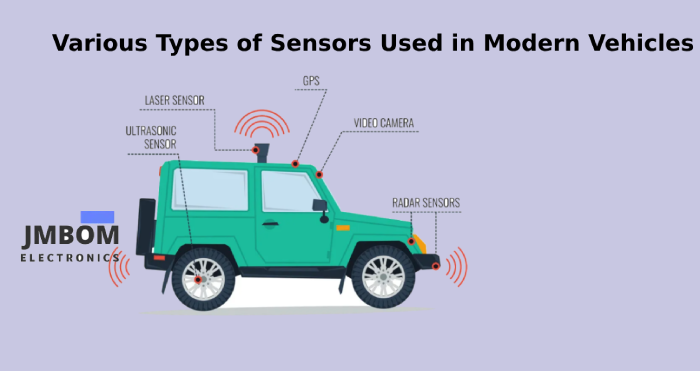
Types of Sensors Used in Automobiles
Automotive sensors are smart devices designed to monitor and regulate various parameters such as oil pressure, temperature, emission levels, coolant levels, and more. There are many types of sensors used in vehicles, and understanding how they work is key to appreciating their role in modern automotive systems.
Below is a list of commonly used sensors in automobiles:
- Mass Air Flow (MAF) Sensor
- Engine Speed Sensor
- Oxygen (O2) Sensor
- Knock (Spark Knock) Sensor
- Coolant Temperature Sensor
- Manifold Absolute Pressure (MAP) Sensor
- Fuel Temperature Sensor
- Voltage Sensor
- Camshaft Position Sensor
- Throttle Position Sensor
- Vehicle Speed Sensor
These sensors help ensure optimal performance, safety, and efficiency by continuously monitoring and adjusting vehicle operations based on real-time data.
Mass Air Flow (MAF) Sensor
The Mass Air Flow (MAF) sensor is a critical component in modern automotive engines. It is responsible for measuring the amount of air entering the engine, allowing the engine control unit (ECU) to accurately balance and deliver the correct fuel mixture for optimal combustion. The sensor is managed by the vehicle’s onboard computer.
If the MAF sensor fails, the engine may stall or run poorly, and fuel consumption can significantly increase. There are two main types of MAF sensors: vane meter and hot wire.
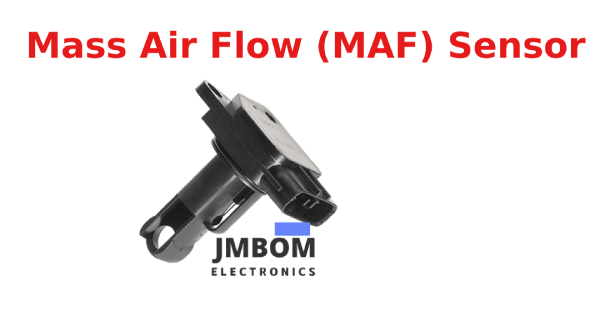
Engine Speed Sensor
The engine speed sensor is typically connected to the crankshaft and is designed to monitor its rotational speed. This information is essential for controlling engine timing and fuel injection, ensuring smooth engine performance.
By continuously tracking how fast the crankshaft is spinning, this sensor helps prevent unexpected engine shutdowns, improving reliability and drivability for the driver.
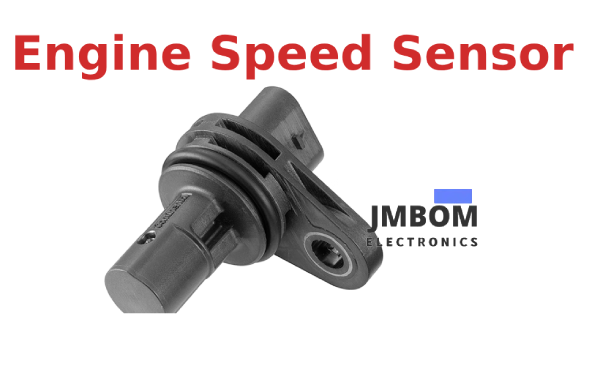
Oxygen Sensor
Typically located in the exhaust system—near the exhaust manifold and downstream of the catalytic converter—the oxygen (O2) sensor measures the level of oxygen in the exhaust gases. It compares this to the oxygen level in the surrounding air to determine whether the engine is running too rich (too much fuel) or too lean (too little fuel). The engine control unit (ECU) uses this data to adjust the air-fuel mixture and optimize emissions and fuel efficiency.
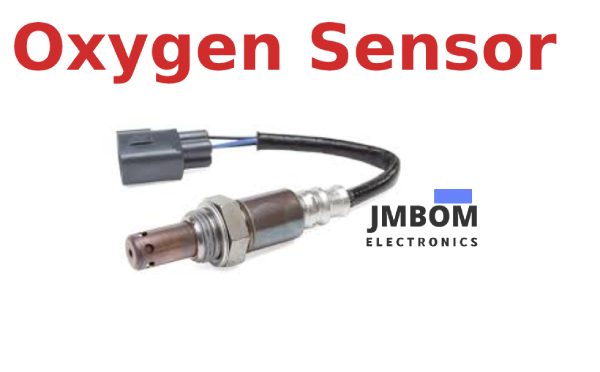
Spark Knock Sensor
The spark knock sensor detects abnormal combustion—known as "knocking" or "pinging"—in the engine. If fuel isn’t burning smoothly, premature ignition can occur, potentially damaging critical engine components such as piston rings, the head gasket, or rod bearings. These types of repairs can be expensive. The knock sensor helps prevent such issues by allowing the ECU to adjust ignition timing, protecting the engine from damage.
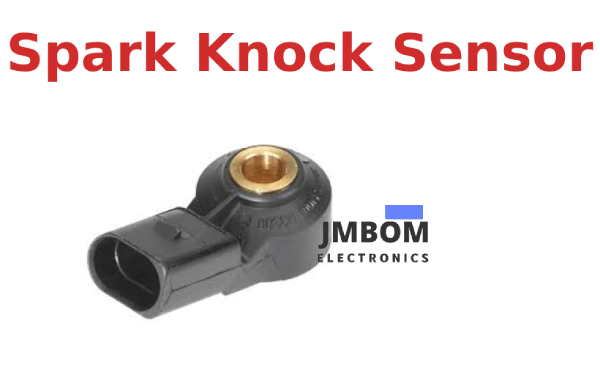
Coolant Temperature Sensor
The coolant temperature sensor is one of the most important sensors in a vehicle. It provides temperature data to the engine's computer, which relies on this input to manage multiple systems. These include controlling the Early Fuel Evaporation (EFE) system, adjusting spark timing, managing Exhaust Gas Recirculation (EGR), and operating the canister purge system. Accurate temperature readings help the vehicle run efficiently and prevent overheating or poor engine performance.
This sensor is typically mounted on the engine's control board. If it fails, the vehicle may show signs such as engine stalling or reduced fuel efficiency. Therefore, it’s important to regularly check the sensor’s condition. A faulty sensor can lead to performance issues and should be replaced promptly to avoid further problems.
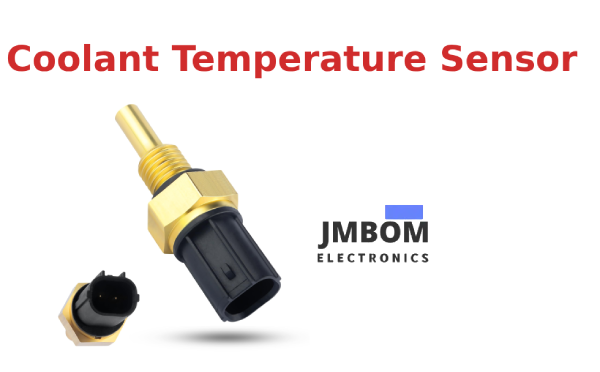
Manifold Absolute Pressure (MAP) Sensor
The MAP (Manifold Absolute Pressure) sensor plays a key role in monitoring the engine load. It measures the difference between the pressure inside the intake manifold and the atmospheric pressure outside the vehicle. This data helps the engine control unit (ECU) determine how much fuel to inject based on current pressure conditions, ensuring optimal performance and fuel efficiency as driving conditions change.
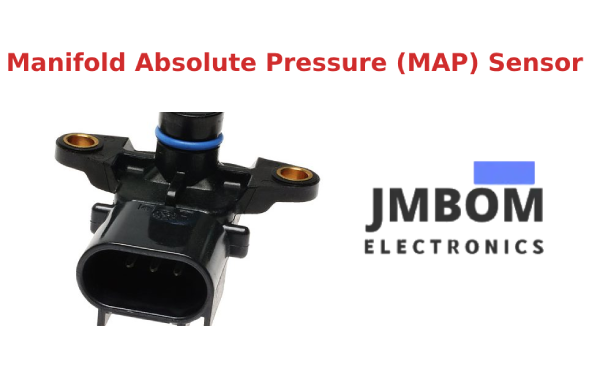
Fuel Temperature Sensor
The fuel temperature sensor continuously monitors the temperature of the fuel to ensure efficient combustion. Cold fuel has a higher density and takes longer to burn, while warm fuel burns more quickly. These variations can affect how fuel flows through the system and may put stress on other engine components. The sensor helps regulate the rate and temperature at which fuel is injected into the engine, ensuring smoother performance and protecting the engine from potential damage.

Voltage Sensor
The voltage sensor is used in vehicles to help regulate the car’s speed. It ensures that the vehicle can accelerate or decelerate as needed by monitoring electrical voltage levels. This sensor plays a key role in supporting proper vehicle operation and should be in good working condition for optimal performance.
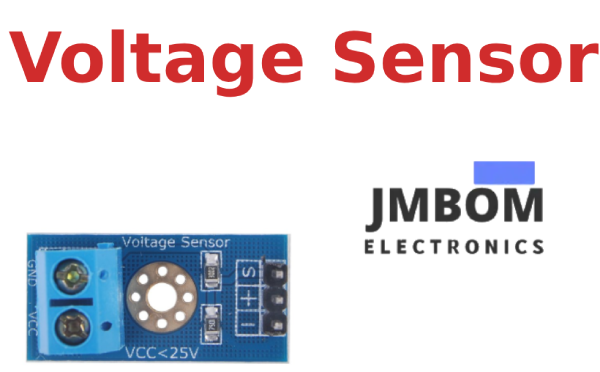
Throttle Position Sensor (TPS)
The throttle position sensor is primarily used in vehicles with electronic fuel injection (EFI) or feedback carburetion systems. It sends information to the vehicle’s computer about the position and rate of movement of the throttle. As a variable resistor, it adjusts its resistance based on how far the throttle is opened.
A common symptom of a faulty throttle position sensor is hesitation or a drop in power during acceleration. If you notice this, it may indicate the sensor needs replacement. Note that once replaced, this sensor typically does not require manual adjustment.
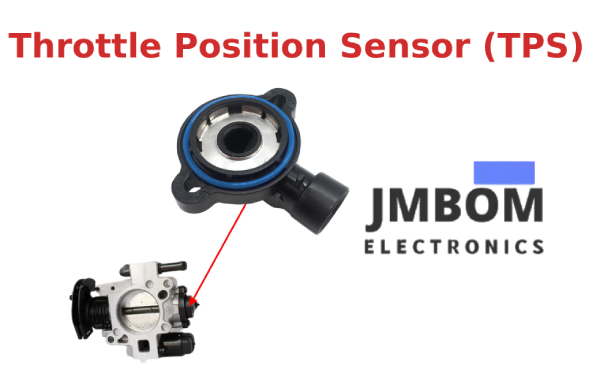
Vehicle Speed Sensor (VSS)
As its name implies, the Vehicle Speed Sensor (VSS) measures the rotational speed of the vehicle’s wheels. It functions similarly to a tachometer and is typically integrated into the Anti-lock Braking System (ABS). In addition to supporting braking functions, the VSS also provides data to the odometer and helps the transmission control unit manage gear shifts based on the vehicle’s speed.
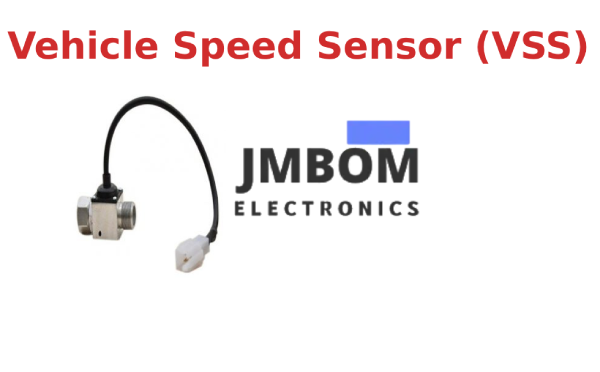
In Summary
These are the key types of sensors commonly used in modern automobiles. These intelligent systems help monitor and regulate critical aspects such as coolant levels, engine temperature, oil pressure, emission levels, and more. Automotive sensors are designed to handle complex data inputs, analyze multiple variables, and make real-time decisions to ensure optimal vehicle performance, safety, and efficiency.
Now, here’s a question for you: What is a parking sensor?
Frequently Ask Questions
What Are the Types of Sensors Used in Vehicles?
Modern vehicles are equipped with numerous sensors to enhance performance, safety, and efficiency. Among them, 12 essential types of car sensors are found in almost every vehicle:
- Oxygen (O2) Sensor
- Mass Air Flow (MAF) Sensor
- Engine Oil Level Sensor
- Engine Oil Pressure Sensor
- Coolant Temperature Sensor
- Coolant Level Sensor
- Air Intake Temperature Sensor
- Manifold Absolute Pressure (MAP) Sensor
- Throttle Position Sensor
- Knock Sensor
- Vehicle Speed Sensor
- Camshaft Position Sensor
What Are the Five Key Sensors in an Engine Management System?
The engine management system is at the heart of a vehicle’s performance. It typically includes:
- Temperature Sensors
- Pressure Sensors
- Position and Speed Sensors
- Flow Sensors
- Oxygen and Knock Sensors
What Is the Most Important Sensor in a Car?
The Oxygen Sensor is arguably the most critical sensor in a modern car. It monitors the oxygen levels in the exhaust gases to ensure the engine is running with the correct air-fuel mixture. This directly impacts fuel efficiency and emissions control.
What Types of Sensors Are Used in Self-Driving Cars?
Autonomous vehicles rely on an array of advanced sensors to interpret their surroundings:
- LiDAR – Provides high-resolution 3D mapping
- Radar – Measures object distance and speed
- Cameras – Used for object recognition and lane detection
- Ultrasonic Sensors – Assist with close-range detection and parking
How Many Sensors Are in a Tesla?
Tesla vehicles are equipped with a robust sensor suite that includes:
- 8 Surround Cameras for 360° visibility
- 12 Ultrasonic Sensors for close-range object detection
- Forward-Facing Radar for long-range sensing and speed detection
Do All Modern Cars Have Knock Sensors?
Yes, nearly all modern vehicles include knock sensors. These sensors detect abnormal combustion (engine knock) and help the engine control unit adjust timing to prevent damage.
Why Do Modern Cars Have So Many Sensors?
Today’s cars are packed with sensors to improve safety, comfort, performance, and automation. From reversing aids and lane assist to complex ADAS systems, sensors like LiDAR, radar, and ultrasonic ensure modern vehicles operate smoothly and intelligently.
Is an Accelerometer a Sensor?
Yes, an accelerometer is a type of sensor that measures acceleration forces. Most automotive accelerometers detect motion in three axes, and they are often used in airbag systems, stability control, and crash detection.
Subscribe to JMBom Electronics !













